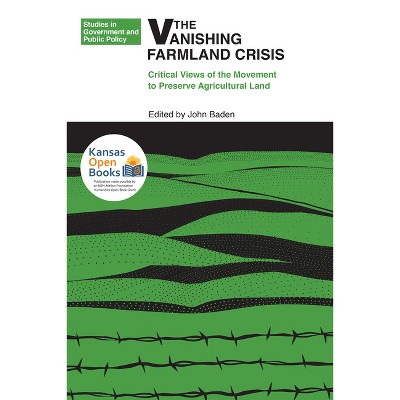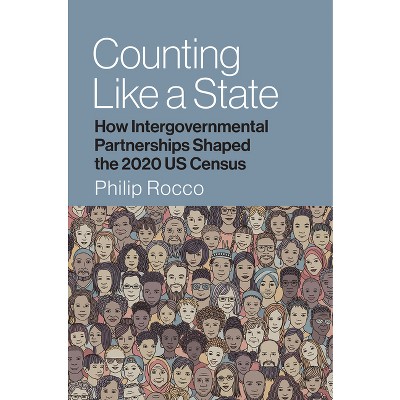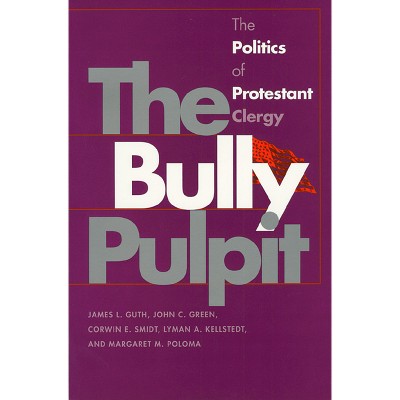Sponsored

Governance of Western Public Lands - by Martin Nie (Paperback)
In Stock
Sponsored
About this item
Highlights
- Issues like clearcutting, wilderness preservation, and economic development have dominated debates over public lands for years, yet we seem no closer to resolving these matters than we ever were.
- Author(s): Martin Nie
- 382 Pages
- Political Science, Public Policy
Description
About the Book
Examines the conflict surrounding public land management, revealing how problematic language in public land laws, scarcity of resources, and mistrust cloud the debates, and offering a range of solutions to help move beyond the dysfunctional status quo management.Book Synopsis
Issues like clearcutting, wilderness preservation, and economic development have dominated debates over public lands for years, yet we seem no closer to resolving these matters than we ever were. Martin Nie now looks at why there continues to be so much conflict about public lands and resource management-and how we can break through these impasses. Showing that such conflicts have been driven by interrelated factors ranging from scarcity to mistrust and politics, he charts the present status and future prospects of public lands management in America. Nie looks closely at two of today's most intractable conflicts: the designation of U.S. Forest Service roadless areas and management of the Tongass National Forest in Alaska. He uses these cases to investigate more inclusive issues about governing federal lands in the West, such as the contested use of science and litigation, lengthy planning processes, and controversial practices of Congress and the president in managing environmental disputes. Along the way, he addresses such other conflict areas as snowmobiles in Yellowstone, bear and wolf protection, fire and forest health, drilling in Montana's Rocky Mountain Front, and federal grazing policy. Nie emphasizes the complicated and often contentious interaction between the branches of the federal government as a major factor in misunderstandings. He particularly cites the problem of vague statutory language, which tells our public land agencies little about what they should be doing but lots about how they should be doing it. Nie reexamines this confusing body of law and policy, in which the rulemaking process wags the dog and agencies are caught in political quagmires, to show how the pieces fit--but more often don't. Throughout the book, Nie considers the factors that make some public land conflicts so controversial, revisits how they have been dealt with in the past, and proposes ways they might be better managed in the future. Eschewing the single-policy approach to public lands management--such as encouraging free markets--he instead surveys a diverse array of other available options. His big-picture outlook for the twenty-first century is a bold call for reshaping ongoing conflicts--and for reinvesting in our public lands.Review Quotes
"Readers sympathetic to the defense of public land through competent management will find the optimism of this book heartening."--Oregon Historical Quarterly
"Nie not only describes the actors and the issues but presents four broad and intertwining alternatives for the reader to review: new specific public land laws with strict outcomes, administrative planning-based reform, collaboration between the interests, and policy experimentation. Also, Nie acknowledges and explains the complexity and difficulty of creating environmental public policy."--Choice
"Nie's provocative new book exposes the underbelly of the prevailing legal-political framework--its strengths and weaknesses--and then offers a constructive vision for reforming the system. The result is a masterful and sure-handed treatment of contemporary public land policy."--Robert B. Keiter, author of Keeping Faith with Nature: Ecosystems, Democracy, and America's Public Lands and Wallace Stegner Professor of Law, University of Utah
"Should be required reading for all students of public policy and land management as well as those who depend upon and care for our public lands."--Mike Dombeck, former chief of the U.S. Forest Service and director of the Bureau of Land Management











